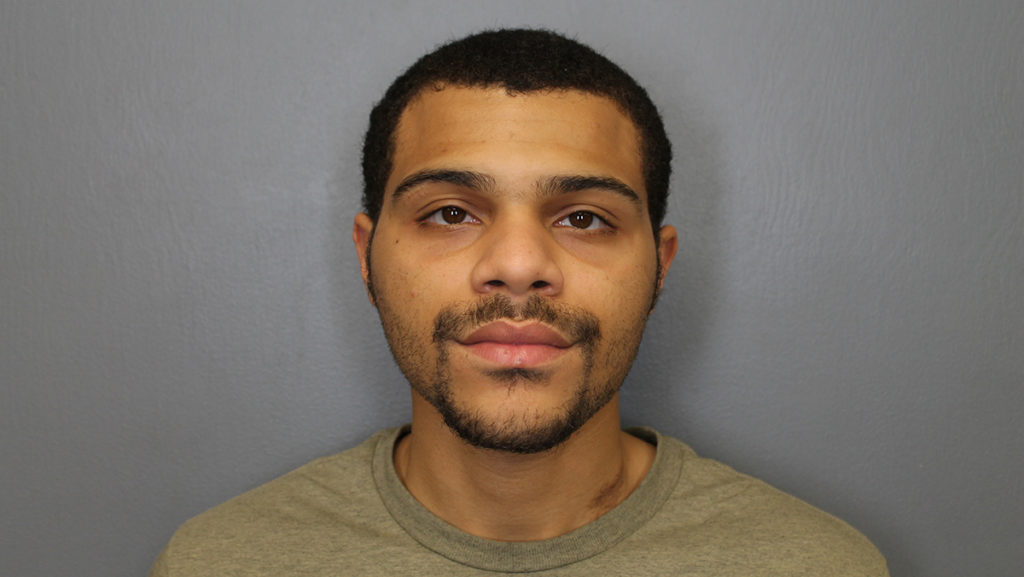Update Oct. 4:
Sentencing for the case is scheduled for Nov. 6. Joseph Kirby, one of Nagee Green’s lawyers, said that Green’s legal team will submit a notice of appeal after sentencing since the case had a lot of evidence and some still needs to be discussed. Once the verdict is appealed, Green will no longer be represented by his current lawyers, who were only assigned to represent him in the original trial and not the appeal. Another lawyer will then pick up the case and submit specific appealable issues they find.
Sept. 28:
Nagee Green was found guilty of the murder of former Ithaca College student Anthony Nazaire.
The jury reached a unanimous verdict on the charge of second-degree murder at approximately 3:40 p.m. Sept. 28 after over a day of deliberation. In August 2016, Nazaire was stabbed and killed on Cornell University’s campus during a fight outside a party. Junior Rahiem Williams was also stabbed and injured during the altercation. Green was charged with second–degree murder, a class A1 felony; and one count of assault in the second degree, a class D felony, in November 2016.
The murder conviction comes after a tumultuous legal battle. In June, Green was convicted for second-degree assault, but the jury deadlocked on the murder charge. Green’s lawyer, Joseph Joch, argued there was not enough evidence to convict Green in the retrial that began Sept. 20. The prosecution, headed by District Attorney Matthew Van Houten, asked the jury at the retrial to use their common sense, arguing the video evidence points to Green as the killer.
The prosecution reviewed video evidence with the jurors in its closing arguments, encouraging the jury to connect the dots they allege lead back to Green being the killer. In the first video showing the beginning of the fight in the intersection of College Ave. and Campus Rd., Green allegedly yells, “I kill out here,” while swiping the knife at another student at the scene. Van Houten said this showed his intent to kill. In another video shown, Nazaire and Williams are in a dark corner at the intersection where Nazaire was stabbed. In the video, the prosecution points out Green running toward them, but it is unclear whether he engaged with them because the video ends.
“That means something so much more serious when that person has a knife,” Van Houten said, referring to Green’s statement in the video.
Eliza Filipowski, assistant district attorney, pointed to areas in the videos taken of the altercation where Green was shown. In one video, he was circling a group of people fighting on the ground. This, she said, insinuates that he was looking for a way to get into the fight.
During closing arguments, the defense stressed the detail that none of the witnesses said they saw Green stab Nazaire. Joch said he wants someone to be charged with the death of Nazaire but that he thinks Green does not fit into the theory the prosecution is pushing.
None of the seven witnesses who were brought to testify said they explicitly saw Green stab Nazaire. Carrie McGinnis, a forensic scientist and DNA analyst with the New York State Police Crime Laboratory, testified that neither handle of the two knives contained a major contributor of DNA, meaning no one strand of a person’s DNA was present more than others. Also, no video shown in the court shows Green clearly attacking Nazaire and the other student who was injured.
He said that the videos the prosecution is pushing lead to the assumption, not fact, that Green is the killer because he can not be seen clearly attacking anyone. He also said the alleged confession the police received from Green was coerced.
According to court documents, Green consistently denied stabbing Nazaire in the video of his confession when being interrogated by New York State Police officers. Later in the video, he said it could have been accidental if Nazaire fell on the knife; Green then confessed to stabbing Nazaire.








